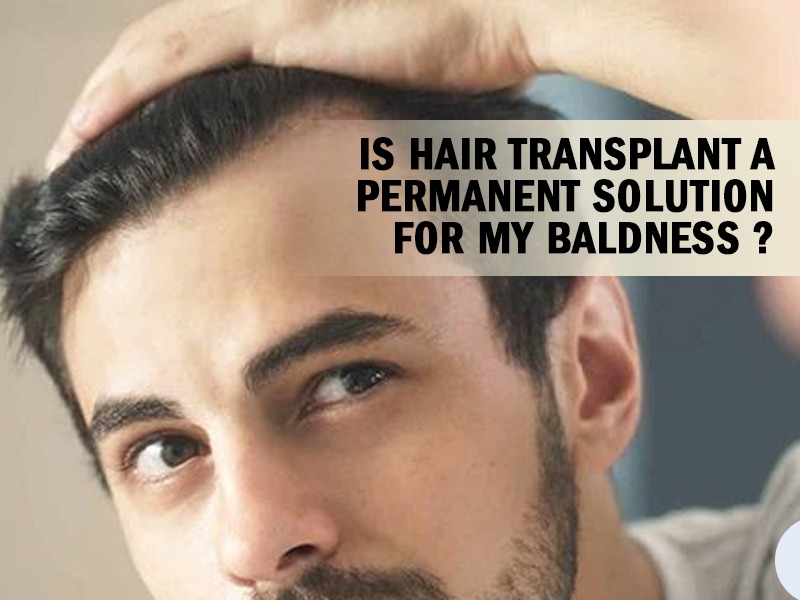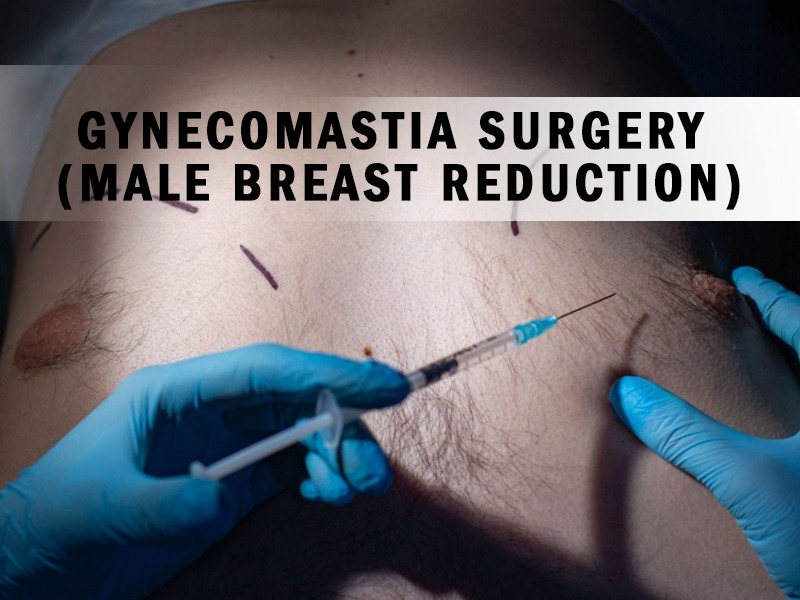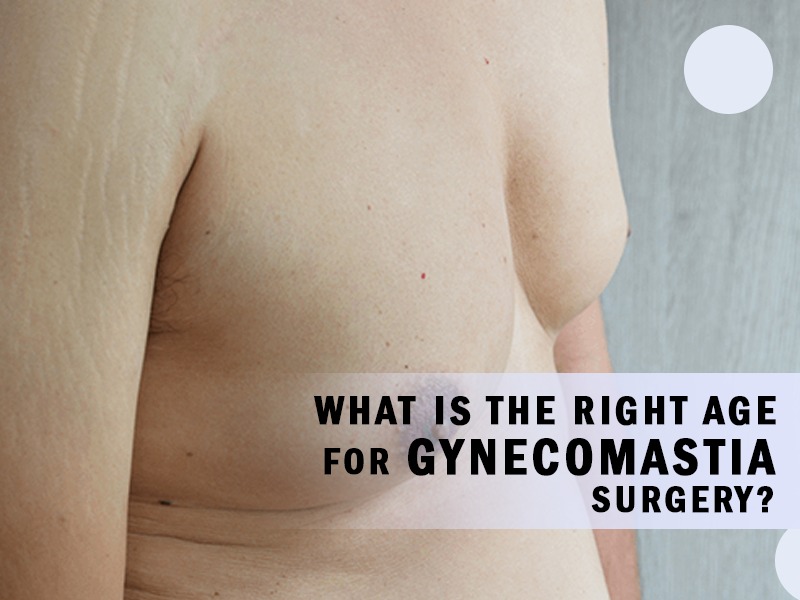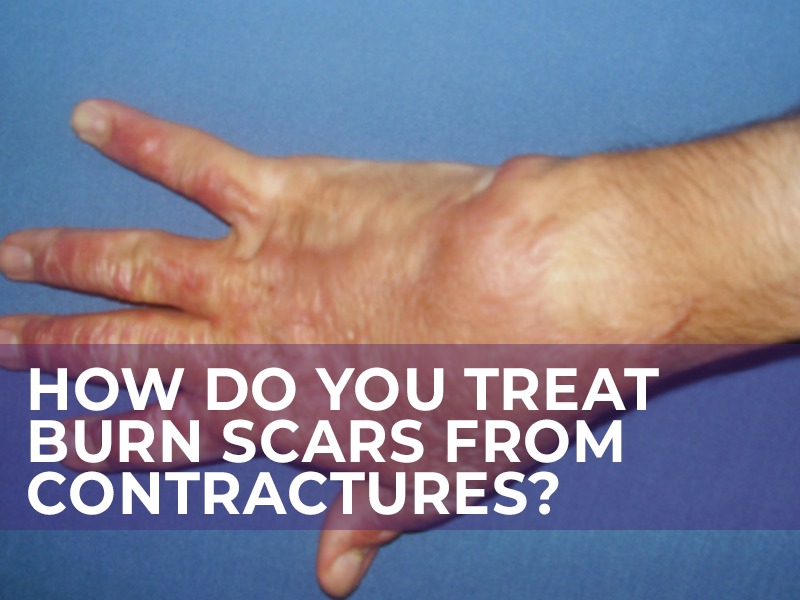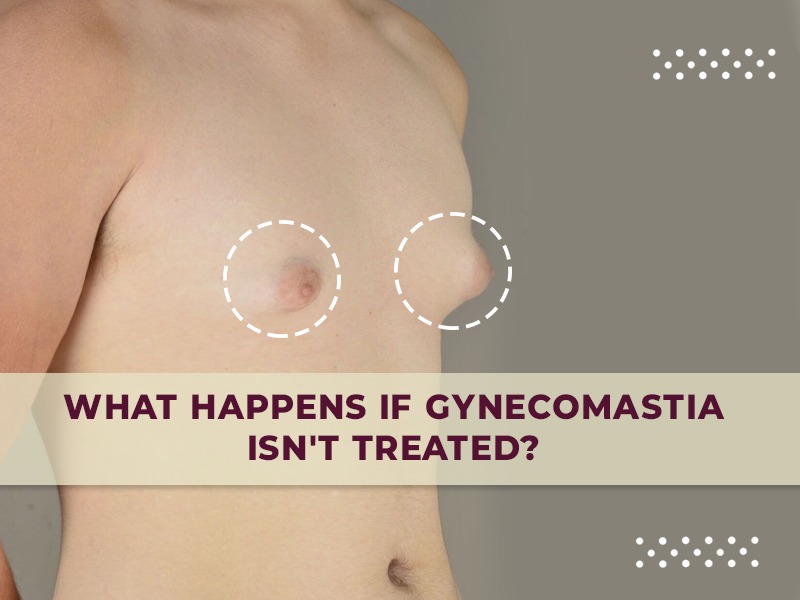Is a Hair Transplant a Permanent Solution for my Baldness
Hair transplantation, also known as hair restoration, is an outpatient treatment that uses micrografting technology to graft your own hair follicles to thinning areas of your scalp. The results of a hair transplant are noticeable and are believed to be permanent. The procedure takes a long period and necessitates healing and rehabilitation. As a result, those who have previously experienced significant thinning of their scalp hair are most likely the best candidates for a hair transplant. This blog will explain the results of a hair transplant, what to expect, and the many sorts of surgeries. Is it permanent? It takes time for your skin to heal after hair follicles are grafted into thinning areas of your hair. During the first three months after the therapy, it is normal for some of your hair to fall out. Healing time can range between 6 and 12 months. However, once the transplanted follicles have recovered, they will start to grow hair and fill up the bald spots on your scalp. This is hair that will grow naturally as you age. The migration of hair follicles is permanent; there is no way to return them to their original location. The transplanted hair follicles have a lifespan, just like the rest of your hair follicles. They may eventually cease producing as much hair as they used to. Is it possible that you could need another? It’s possible that your initial hair transplant will not be your last. Some applicants will be told by their doctor that they would need to undergo multiple “sessions” of Hair transplant surgery to achieve the desired results. Types of Hair Transplant Procedures There are two types of “modern” hair transplantation treatments available today. The Follicular Unit Transplantation (FUT) treatment transplants a strip of your own hair follicles from your scalp at the back of your head to thinning or bald patches of your hair. Follicular Unit Extraction (FUE) uses small punctures to transfer follicles from all over your head to areas where your hair is thinning or bald. Both types of hair transplantation are considered as permanent. What can we expect in the long run? Your hair transplant should last for several years. Although your hair follicles may shrink as you age, they will almost definitely continue to produce hair for the rest of your life. If your hair thinning continues, your hairline will not recede in accordance with the “pattern” of regular hair loss that you previously experienced. Your hair transplant surgeon should go over the strategy with you in detail to guarantee that your hair does not look uneven or unnatural in the years after your FUT or FUE hair transplant Surgery in Delhi. It may take some time to notice the results of your hair transplant treatment. You may see further hair loss in the first few months while the transplanted patches of hair begin to heal. This is perfectly normal and expected, according to your supplier. After your hair transplant has healed completely, you will observe your own hair follicles sprouting. The hair will eventually grow in and have the same texture and length as your other hair. Hair transplants using micrografts can be cut, styled, and colored to your preference. The bottom line Hair transplants are a treatment option for those who have visibly thinning hair. Hair transplant results are deemed permanent because they cannot be reversed. However, just because your hair transplant looks excellent after healing does not mean it will look good for the rest of your life. If you reside in Delhi, finding a skilled practitioner for Hair Transplant in Delhi who understands how to create a natural-looking, long-lasting hair transplant design is crucial if you want to be satisfied with the results. Contact us to know about the procedure in detail such as Hair Transplant cost in Delhi, the best Hair Transplant options available for you, and many more.
Is a Hair Transplant a Permanent Solution for my Baldness Read More »

